Back to my ongoing stair remodel…
A funny thing happened on the way to installing the remaining treads: Everything went haywire. I’ll try to sum it up as succinctly as possible:

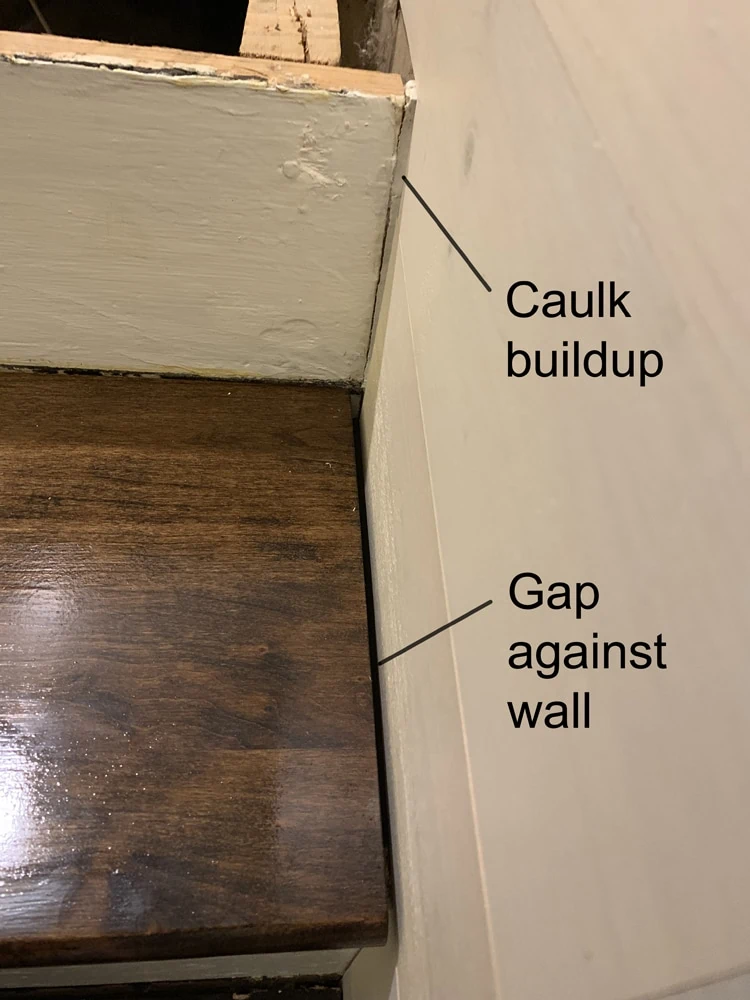





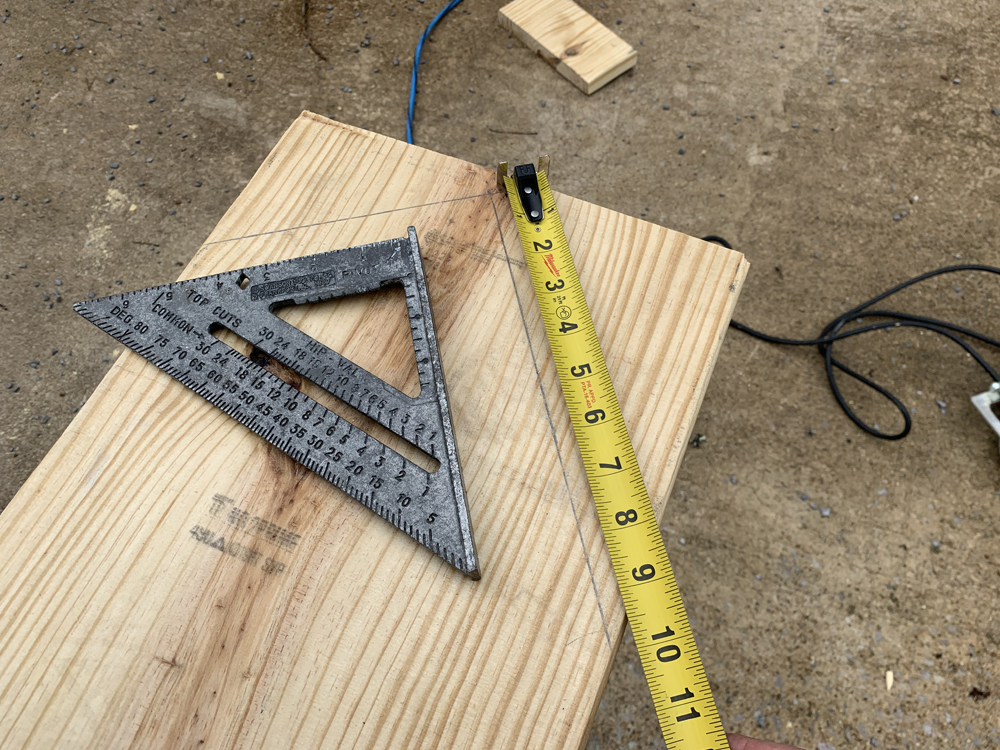

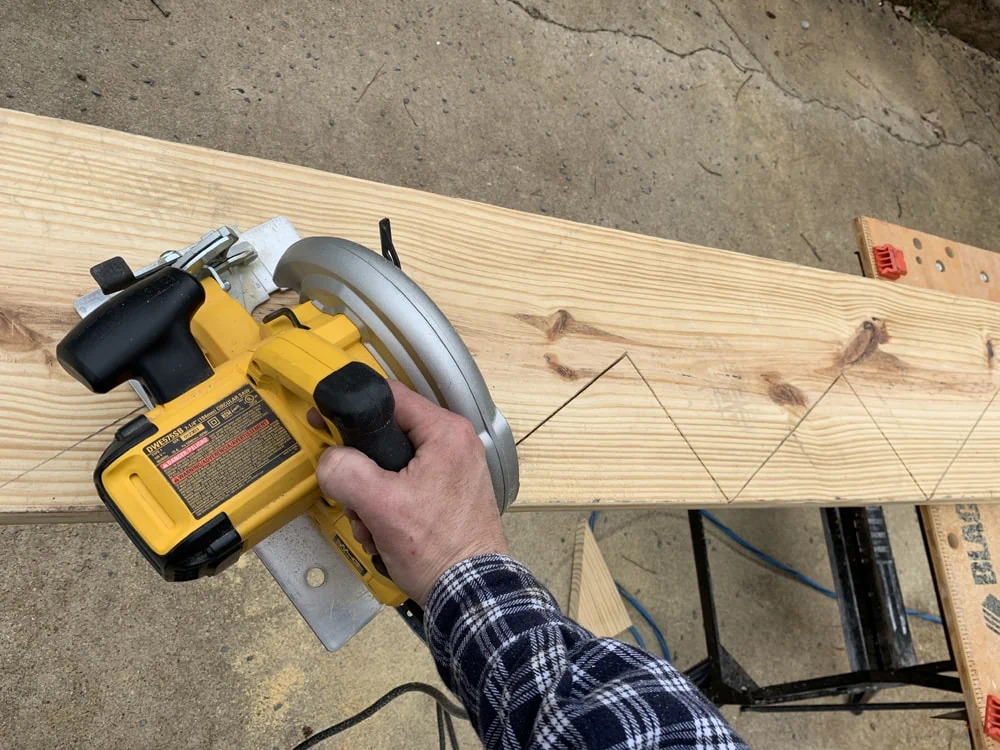
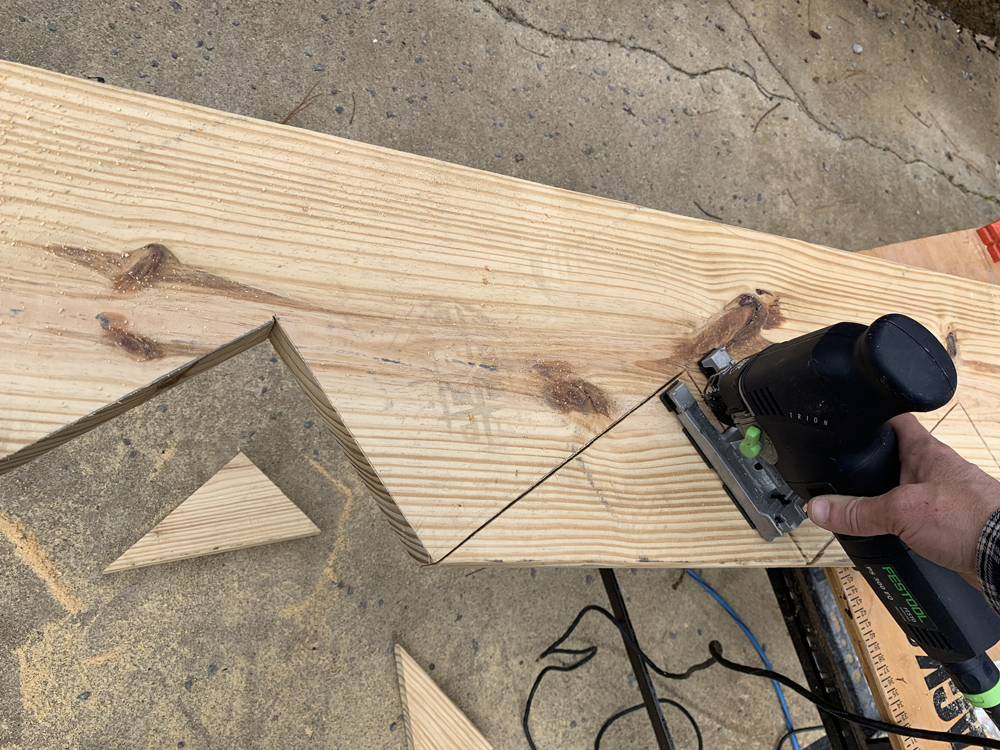
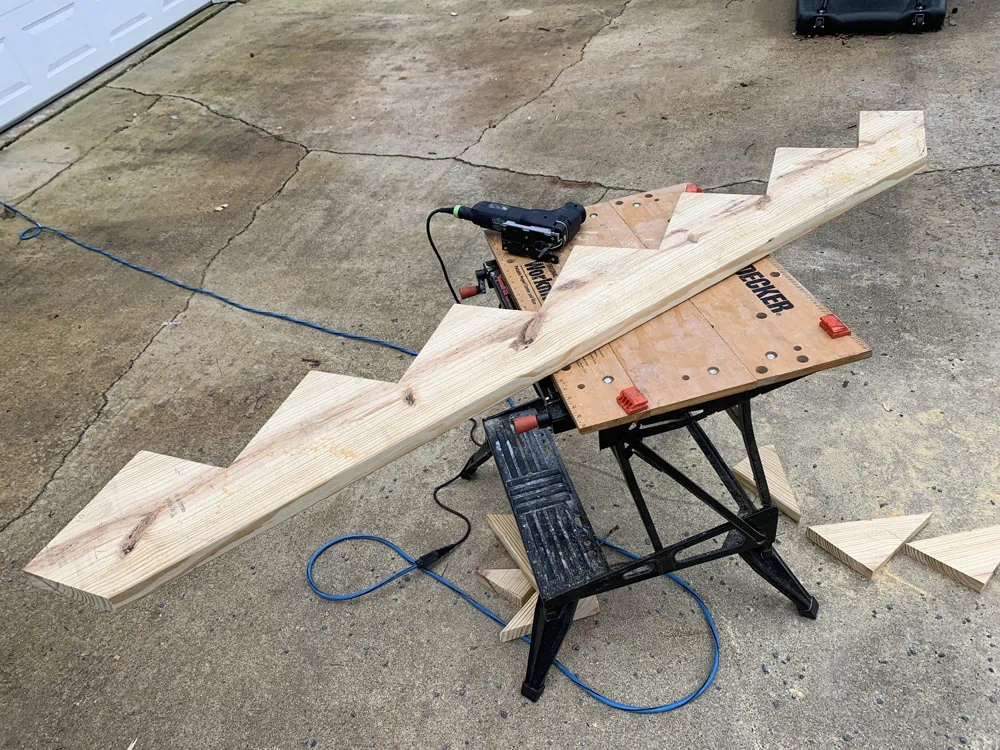
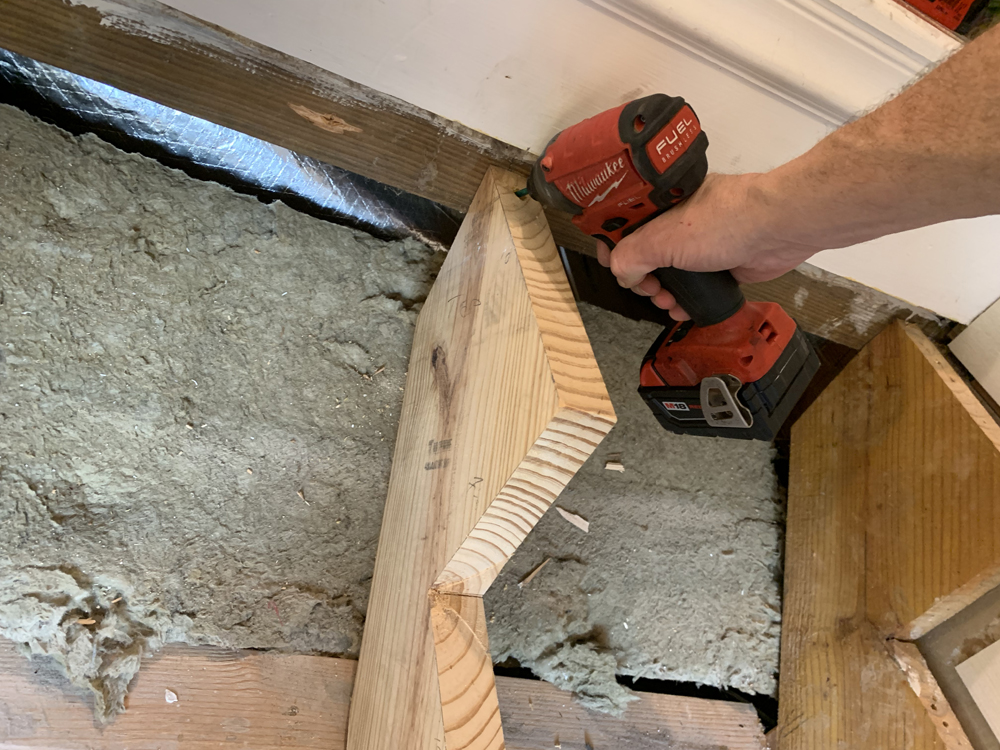

Home » Newest Articles » Stair Stringer Installation

Back to my ongoing stair remodel…
A funny thing happened on the way to installing the remaining treads: Everything went haywire. I’ll try to sum it up as succinctly as possible:














Armstrong-Clark’s deck and siding wood stain has nondrying conditioning oils that separate from the drying side of the formula. These oils penetrate deep into the deck or siding wood fiber where the wood’s natural oils used to be. This process rejuvenates the wood. The drying oils stay at the surface, lock in the conditioning oils […]
Read More >>